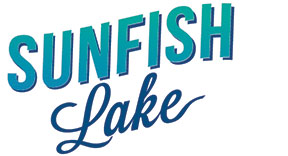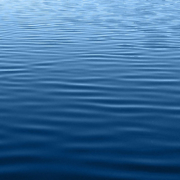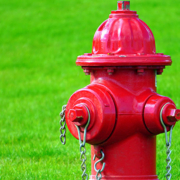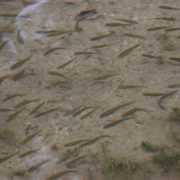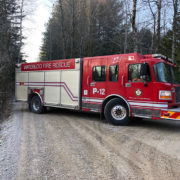With such fabulous weather already this year there have been many swimmers in the lake already and thankfully our water quality seems good. We have had our research team from the University of Waterloo out twice already this year doing testing and taking samples from the lake and tributaries. Our monitoring program for cyanobacteria with Treefrog Environmental will begin on June 20th and continue throughout the summer with biweekly water testing for cyanobacteria and toxins. Many thanks to Nancy, Rob and Bob for the dozens of volunteer hours they continue to provide to helping to ensure we have the best possible water quality.
While currently the water quality is good, almost all tests are showing that our nutrient levels (particularly for phosphorus and nitrogen) continue to be far too high and above the recommended thresholds to prevent algae and cyanobacteria outbreaks. Thus, if conditions are right there is already too much “fuel” in our water/sediments potentially leading to significant and toxic algae outbreaks. We need to continue to do everything possible to reduce and eliminate these surplus nutrients including:
– no fertilizers or pesticides
– no soaps, shampoos or detergents
– removal of all dog and pet waste from lawns
– septic pumping and upgrading of septic tanks with phosphorus removal systems
There is a good article about the increasing problems of algal blooms in this month’s Cottage Life Magazine: https://cottagelife.com/general/how-to-prevent-algal-blooms-at-your-lake/
You can also learn more at our website – www.sunfishlake.ca where research results, background articles, and all the information we are learning is being centralized.
Similar to last year there will be a levy of $450 in addition to our regular fee to help cover the costs of all the water quality monitoring and research to ensure the safety of people using the lake. While the Executive realizes this is a significant outlay for each family, we have been able to leverage our funds with tens of thousands of dollars of additional funding, research, and laboratory testing with numerous partners including the University of Waterloo, the University of Western Ontario, the University of Guelph, the University of Ottawa. the Ministry of Environment and Climate Change, the Ministry of Natural Resources Dorset Freshwater Lakes Center, the Grand River Conservation Authority, the Region of Waterloo Public Health Unit and others.
In fact, we were able to stretch the few thousand dollars we raised from our levy last year to obtain more than $100,000 worth of services and laboratory testing including daily visits and sampling from University of Western Ontario graduate students. This research has provided us with an increasingly clear understanding of our ecosystem and the challenges it is facing.
This year’s efforts will continue to confirm these findings, monitoring water quality on a regular basis for safety, and start to trial some remediation measures. In addition to our two research and monitoring teams we will have three other groups of researchers from area universities working on climate change, using artificial intelligence to identity harmful algae blooms, and drone hydrogeomatics that will be undertaking research at Sunfish Lake providing us with research results and extremely important data as we try to figure out our extremely complex and unique ecosystem.
